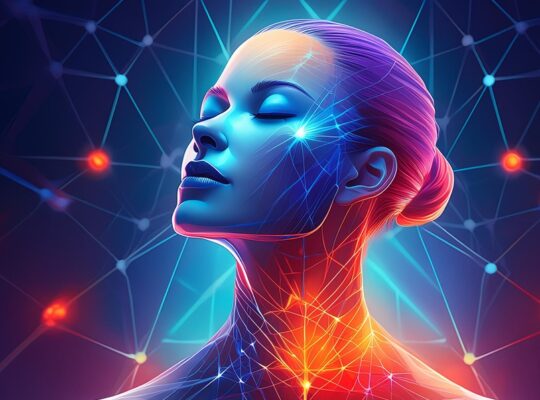In the contemporary landscape, alternative medicine has emerged as a beacon of hope for individuals grappling with musculoskeletal pain. According to a study published by a medical journal, Advances in Therapy, in 2021, between 59 and 90% of patients who turn to alternative therapies for chronic pain attest to their effectiveness, positioning them as valuable adjuncts in the comprehensive treatment of persistent pain. This article delves into the efficacy and potential benefits of several notable alternative therapies.
Acupuncture: A Global Phenomenon: Originating from ancient Chinese practices, acupuncture has transcended cultural boundaries and is gaining popularity worldwide as a means to alleviate pain. This technique involves the strategic placement of thin needles at specific points on the body. While widely embraced, the efficacy of acupuncture in pain management remains a topic of vigorous debate, prompting the need for further research and discourse to ascertain its precise role in chronic pain treatment.
Tai Chi: Ancient Movements for Modern Healing: Tai chi, another ancient Chinese practice, is explored not only as a meditative form but also as a potential source of health benefits. This practice combines intricate movements, including squatting, with deep breathing to induce relaxation and reduce pain. The article scrutinizes the evolving role of Tai chi in contemporary healthcare, shedding light on its potential as a holistic approach to pain management.
Osteopathic Manipulative Treatment (OMT): Musculoskeletal Mastery: Osteopathic physicians and other healthcare professionals utilize OMT, a technique involving manipulation of the musculoskeletal system, to address a myriad of conditions, with a particular emphasis on pain. The article unpacks the history and application of OMT, underscoring its widespread use in managing diverse pain conditions.
As the landscape of chronic pain management evolves, alternative therapies emerge as potent adjunctive modalities. Extensive research underscores the efficacy of these non-pharmacologic approaches, prompting a comprehensive evidence-based review in this article. From the ancient wisdom of acupuncture to the graceful movements of Tai chi and the musculoskeletal mastery of OMT, the exploration of alternative therapies provides a nuanced perspective on their potential in the ongoing quest for effective chronic pain management.

